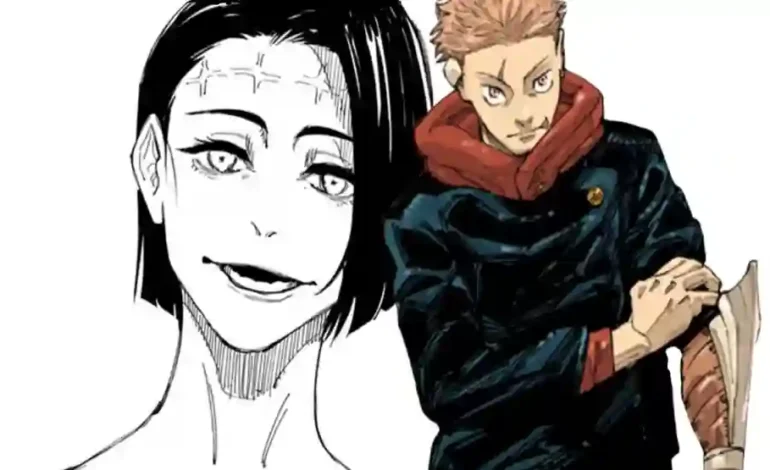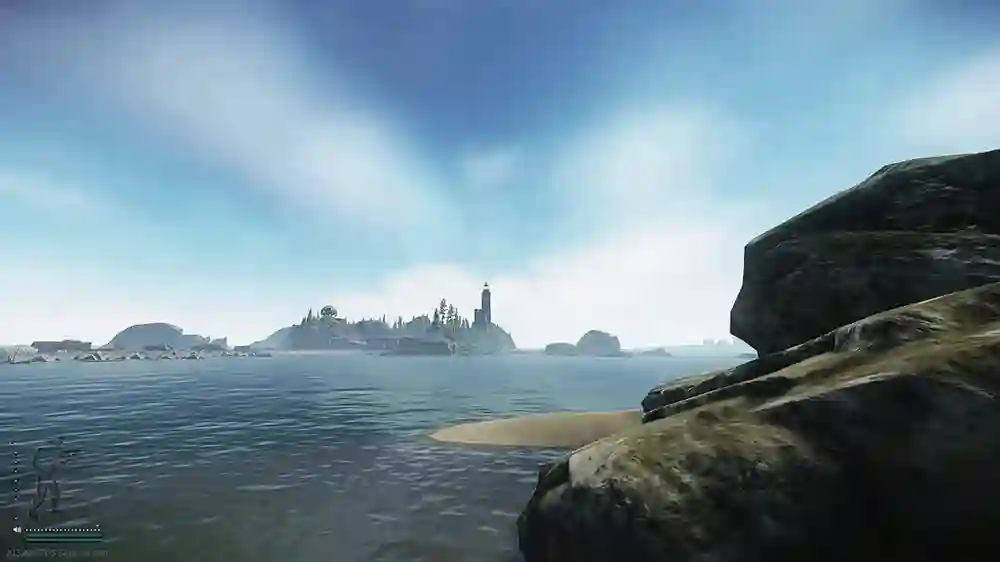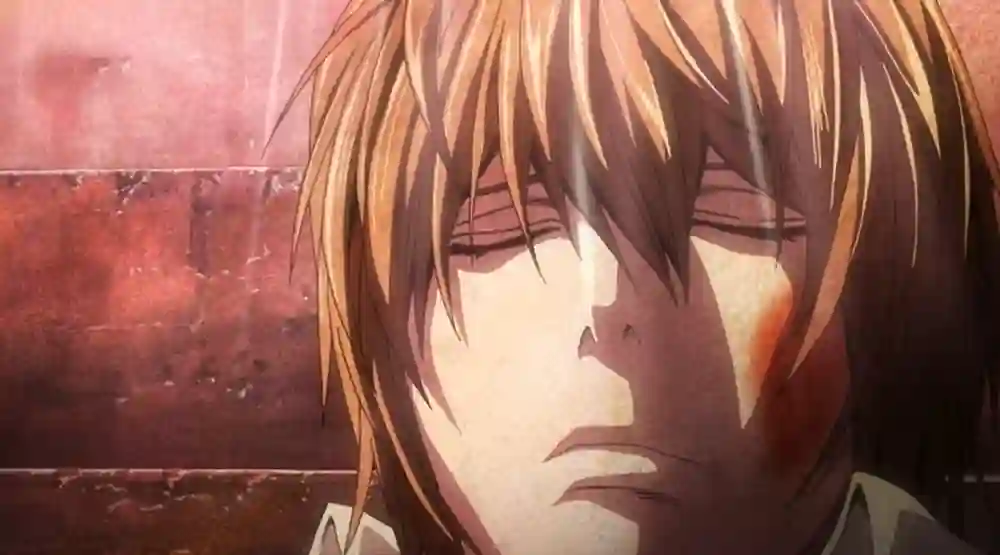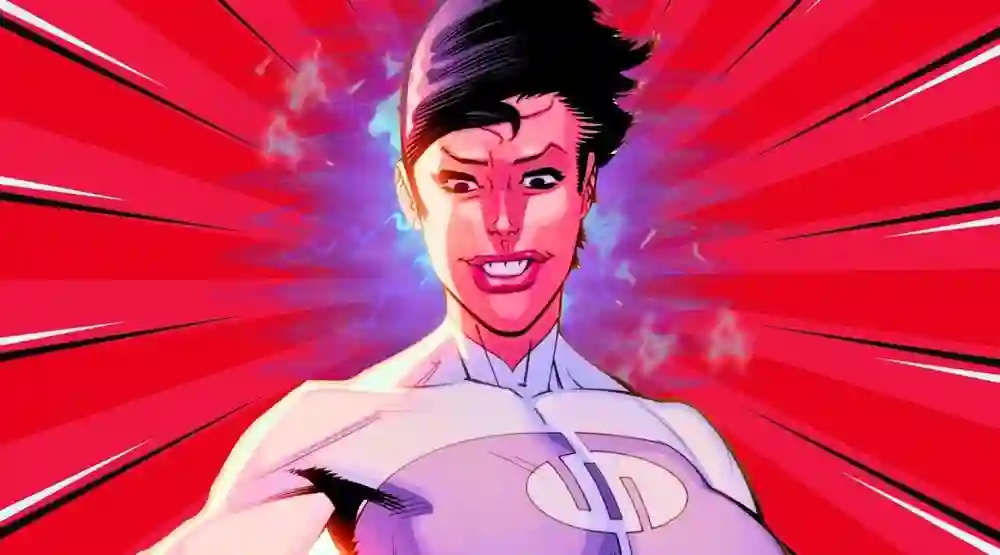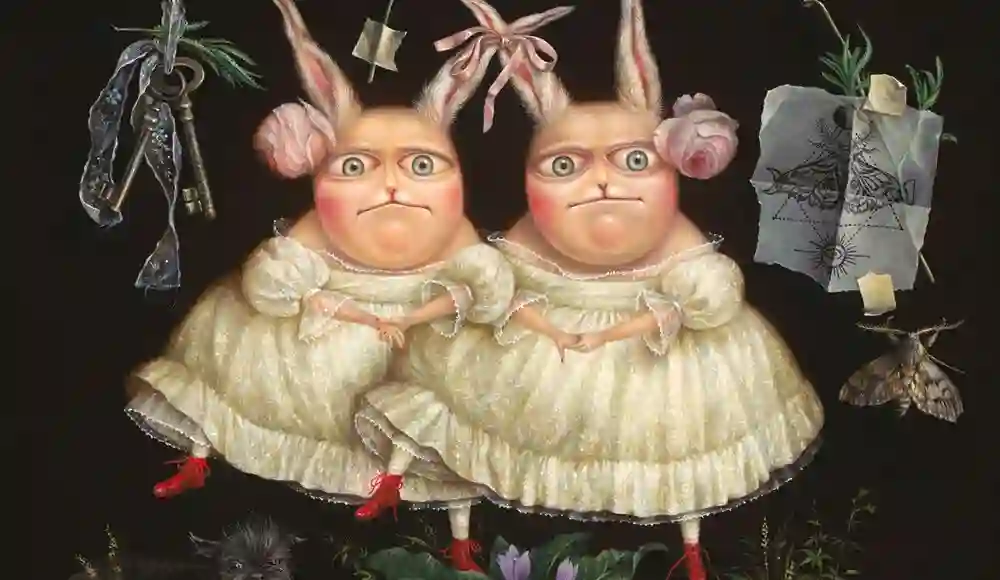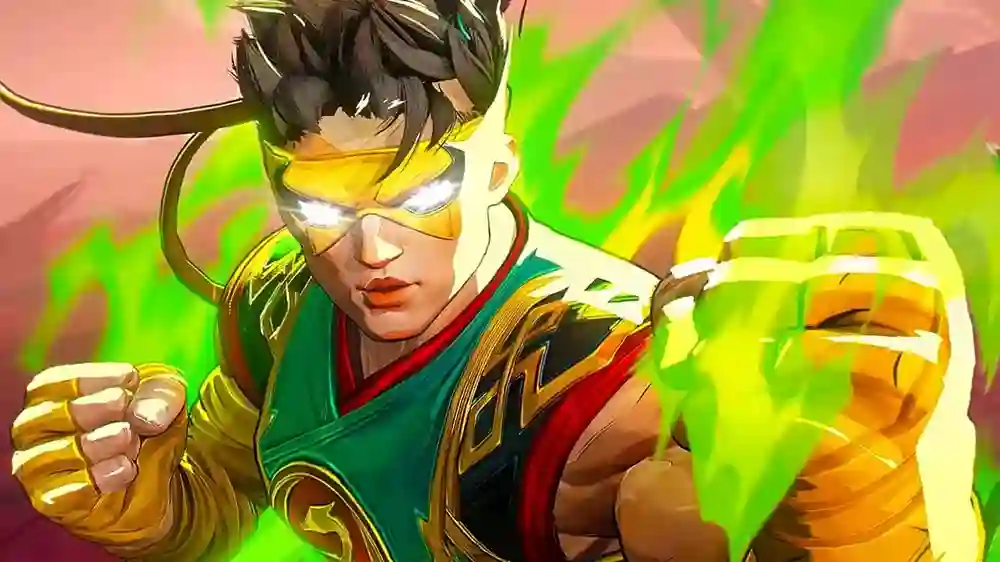Ken Takakura Dandadan – Ken Takakura’s Impact on Dandadan Explained
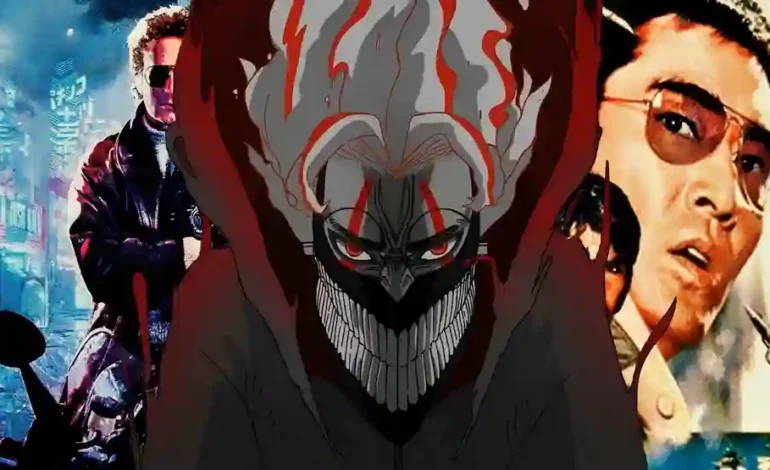
Alright, grab your favorite snack. We’re diving into the world of Ken Takakura Dandadan. Ever heard of it? Well, if you’ve stumbled into the deep end of Japanese cinema and manga, you’re in for a treat. Ken Takakura, one of the most legendary actors in Japan, has a connection to Dandadan that, while not immediately obvious, runs deeper than you’d think. Trust me, it’s a wild ride, and by the end of this, you’ll get why Takakura’s impact is still felt in the series. Ready? Let’s go.
So, What Exactly Is Ken Takakura Dandadan?
First thing’s first. Ken Takakura Dandadan is a Japanese manga that has some serious layers to it—action, fantasy, horror, and a good dose of supernatural weirdness. Picture this: battles with supernatural creatures, epic showdowns, and characters that grow in ways you don’t expect. It’s no One Piece, but it’s got a fanbase that’s hard to ignore.
Now, Ken Takakura didn’t just cameo in Dandadan or give the main characters some cool pointers. Nah, his influence was a lot deeper—like that time your grandma’s weird advice on how to fold socks actually turned out to be life-changing. Yeah, that deep.
Ken Takakura Dandadan—The Man, The Myth, The Legacy
Let me tell you. Ken Ken Takakura Dandadan wasn’t just a guy on screen with a gruff look and a heart of gold. His career made a huge mark on how people thought about storytelling in Japan. He portrayed tough, silent characters who didn’t need to talk to show their pain, struggle, or resolve. And that? That’s the energy Dandadan soaked up like a sponge. You can see it everywhere.
Character Development – Thanks, Ken
Okay, picture this: A tough guy walks into a room. He doesn’t say much, just stands there looking like he’s been through a few wars and probably has some really strong opinions on breakfast cereal. That’s the Takakura vibe. His characters were silent strength. Now, Dandadan’s main character? A little something like that.
- Ken Takakura Dandadan characters weren’t loud. They didn’t need to be. And, bam, you can see that same kind of stoic vibe in Dandadan’s protagonist. Strong, resilient, but also, like… carrying around a lot of emotional baggage. Which, let’s be honest, we all do.
- Side note: If you’ve ever had one of those days where you don’t feel like talking but everyone around you is like “What’s wrong?” That’s basically Takakura’s character energy. And yeah, I’m definitely not that person in my group, right? (Hah, no, really, I’m always that person.)
Takakura’s Influence on the Storytelling
Now let’s talk about how Takakura changed the game with his storytelling approach. Dude knew how to make a point without ever actually saying much. No dramatic monologues. Nope, just looks. And you felt it. And trust me, Dandadan learned that trick real quick.
- In Dandadan, moments of silence? Gold. It’s like one of those tense pauses where you know something big is about to happen. Just like in Takakura’s films. You get the feeling of a scene long before anything happens.
- Story arcs? Emotional as heck, filled with sacrifice, redemption, and all the things that make you pause and say, “Dang, I’m going to need a moment.”
The Cultural Ripple: Ken Takakura Dandadan’s Broader Influence
Alright, hang tight, because this part might get spicy. Ken Takakura’s legacy isn’t just confined to Dandadan. Nah. It’s got ripples. Like when you throw a pebble into a pond and the waves hit every rock in sight. From cinema to manga, his influence spread like wildfire.
Changing the Game in Japanese Media
Picture this: You’re watching a gritty movie from the ’70s, and a tall, silent guy walks onto the screen. You don’t know much about him, but you already feel his pain, his strength, and his past. That’s the power of Takakura. He turned this into an artform. And you bet Dandadan creators took note.
- That whole “silent strength” theme? Totally Ken Takakura inspired. Look at the heroes in Dandadan—they’re tough, yes, but they also wrestle with what’s going on in their heads. A nod to Takakura’s method of showing strength without needing to run his mouth.
- The themes? Let’s talk redemption, personal sacrifice, and the will to never back down. If you’ve seen Takakura in any of his best roles, you know that’s his whole thing.
Dandadan’s Storytelling and Cultural Relevance
Takakura had this way of making you care about what happened next, even if no one said a word. Dandadan took this and ran with it. From subtle character arcs to deeper meanings, Takakura set the stage for something big.
- Dandadan blended his style into their narrative, making the stakes personal. It wasn’t just about the monsters or battles—it was about the characters figuring out who they were.
- You could practically hear the background score playing when a big decision was made. Just like in Takakura’s films, the atmosphere spoke volumes.
The Lasting Echo of Ken Takakura Dandadan in Today’s Media
Fast forward. Dandadan blows up. It’s everywhere—manga shops, fan conventions, heck, even my neighbor Tina has a poster of it on her wall. But here’s the kicker: Takakura’s legacy still plays a massive role in how characters and stories are shaped in today’s media. Especially when it comes to Dandadan.
Old School Meets New School
So here’s where it gets real interesting. Takakura was, let’s face it, an old-school guy. And Dandadan is part of this new wave of storytelling—manga, animation, the whole shebang. But somehow, it worked. Takakura’s influence acted as this bridge between the old ways and the new ways, and y’all? It was perfect.
- By including Takakura’s vibe in Dandadan, the creators made sure they appealed to both the older generation who grew up watching his films and the younger crowd who live for the supernatural drama.
- It was like meeting in the middle of two worlds and shaking hands, but, y’know, the type of handshake where you get a genuine connection. Yeah, that.
Global Reach and Relevance
Ken Takakura wasn’t just big in Japan. Dude went international. I’m talking global. And that? That helped Dandadan’s reach too. Think of it like when everyone you know raves about that cool local restaurant, and suddenly it’s on every food critic’s radar. That’s the Takakura effect.
- His work had this universal vibe. And when Dandadan hit international shores, it carried that same feel. Strong characters. Deep struggles. This wasn’t just for Japan. No, this was a worldwide story.
- The fans who already knew Takakura’s work found something familiar in Dandadan. And I’m sure I wasn’t the only one who felt that quiet intensity.
Ken Takakura Dandadan – A Legacy Cemented
Look, if you didn’t know Ken Takakura’s influence on Dandadan before, now you do. His shadow looms large in the way characters are built, in the tone of the story, and even in the way the battles unfold. Sure, it’s a manga about crazy supernatural fights, but at its core? It’s all about the characters dealing with the darkness inside. And that’s Takakura energy, folks. No doubt about it.
It’s not just about the fight scenes or the monsters. It’s about what happens when the dust settles. Who are these people? What are they willing to risk? And how much pain are they willing to endure? If you’ve seen any of Takakura’s films, you know exactly what I’m talking about.

